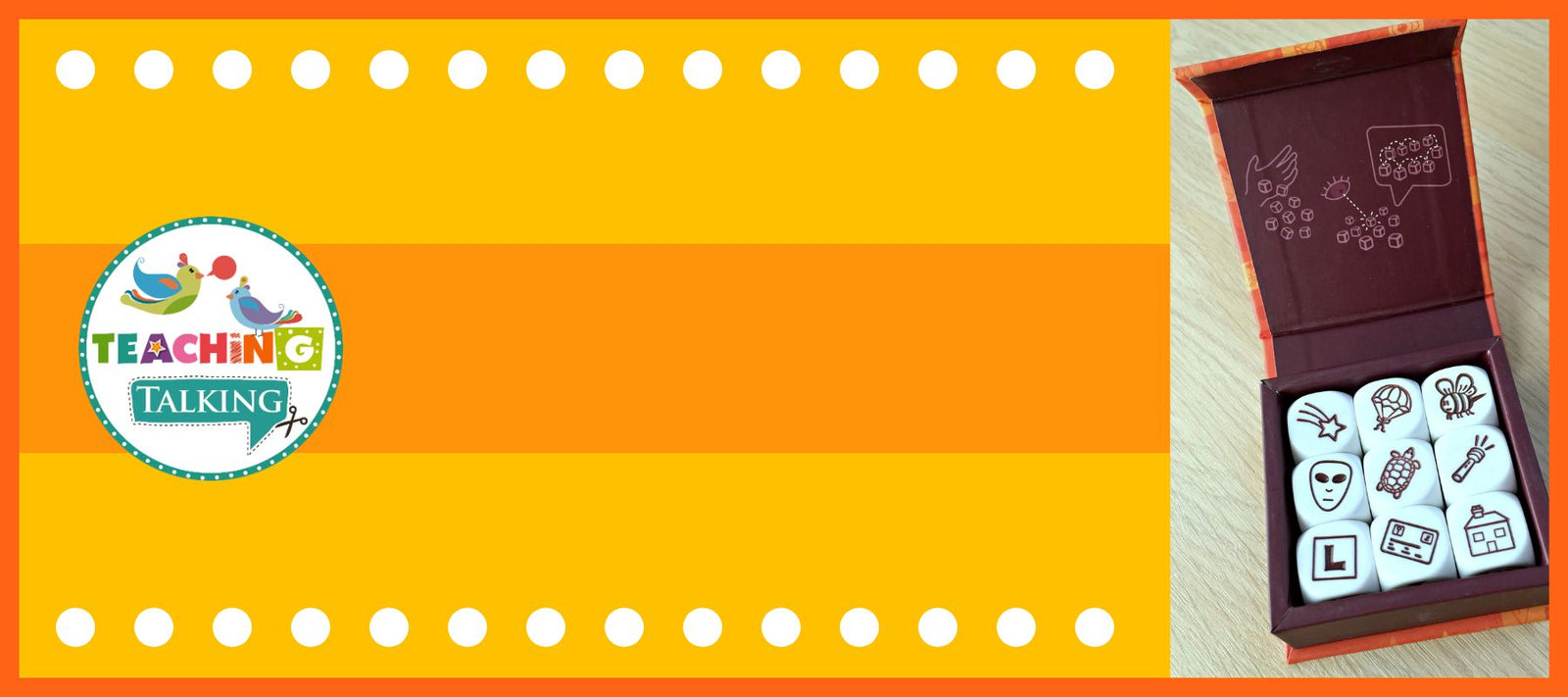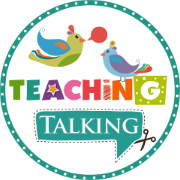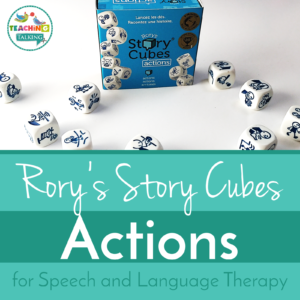
Rory's Story Cubes for Speech Therapy
April 13, 2015 4 min read
How can I use Rory's Story Cubes for Speech Therapy?
Rory’s Story Cubes for speech therapy works well with older kids and those struggling with higher level language issues or with the transition from spoken language to literacy. Read on for my top ten ways to use Story Cubes for Speech Therapy and homework.

Number of Players: 1+
Ages: 6+ according to the box but I would save this for older kids and would go with 9+ as a guide.
Target: Teaches vocabulary, sentence structure, expanding utterance length, turn taking, team working, imagination, storytelling, narrative development. The targets are endless with this neat toy!
How the game is played: The 9 dice, with a picture on every face, are kept in their own neat and sturdy little box. The player throws the dice and must make up a story that incorporates all the pictures.
Top Ways To Use Rory’s Story Cubes For Speech Therapy
Vocabulary development: Take the time to label and talk about the images.Search for the ones they can’t name (maybe the pyramid, abacus or scales) and talk about what they are. Then use that cube as a story starter to get them to use the new word in a sentence straight away.

Ambiguity: Some of the pictures are ambiguous. Talk about what this means and choose one block to illustrate the point. Then take turns to see what each child sees when they look at the block. Help them to put their ideas into sentences.
Narrative development: Roll the dice and help your child to build a story from the pictures they see. You may need to get them started by choosing the first cube and scripting “Once upon a time there was a huge lightning storm…” and then let them build the rest of the tale. But only do this if you need to as that does limit their ability to use their own ideas.

Imaginative language: The story doesn’t always have to be sensible. Let your child develop their ability to use language to describe things by being open to anything, however whimsical. So what if you don’t find an abacus in the desert! Let them use Rory’s Story Cubes for Speech Therapy to tell a tall tale and they will be working on their imaginative language. Great for kids who tend to live a little too much in the here and now and be rigid in their thinking, as this helps them think beyond their usual limits.

Grammar and sentence structure: Don’t be too quick to bring this one in or the game will get stale too quickly but once your child can really spin a yarn, you can start to correct certain aspects of their grammar as they go. This works best if you agree on targets with them in advance like “We are working on past tense so I’m going to help you out if I hear you struggling with that, OK?” Keep it simple and limit your corrections or you will spoil the magic of the story.
Written language: I have used this mainly as a verbal task, working on getting a great story verbally but it can be done as a written task. Older teens can do it as a solitary task and then bring it to you and you can work together to improve the language and work in more complex forms of sentence structure into their written prose.

Compete!: The game can be played from one player up but if you have more than one then you will need to invent a scoring system. If you are using the written version above then why not have your kids play by email with friends and then host a contest to decide who wrote the best story.
Structured Storytelling: Lots of kids with language needs struggle to get to the point when they retell events. If this is an area of difficulty for your child then use just 3 cubes, instead of the full set of 9, and work on basic retelling – reinforcing the concept of beginning, middle, and end. You can preselect the cubes in the beginning to give maximum support to those that need a lot of work in this area.

Listening skills: After each child has told their story, ask questions to see what details the others can remember. This is more interesting than listening to a regular story as they will be all ears to hear the crazy tale the other group members come up with. It helps to tell the group in advance that you will be asking questions so they should be listening out.
Asking Questions: Have your kids ask questions after the story is finished to get more details (not necessarily provided by the cubes). The range of story possibilities will mean they can ask a range of question types “Who, why, where, when, how?”
Now you know everything there is to know about using Rory's Story Cubes Actions for Speech Therapy - are you ready to play? Have fun!
For more suggestions on how to use the game, check out my post of the Rory’s Story Cubes Actions set.
Comments for Rory’s Story Cubes
|
|
|
|
|
Subscribe
Sign up to get the latest on sales, new releases and more …




